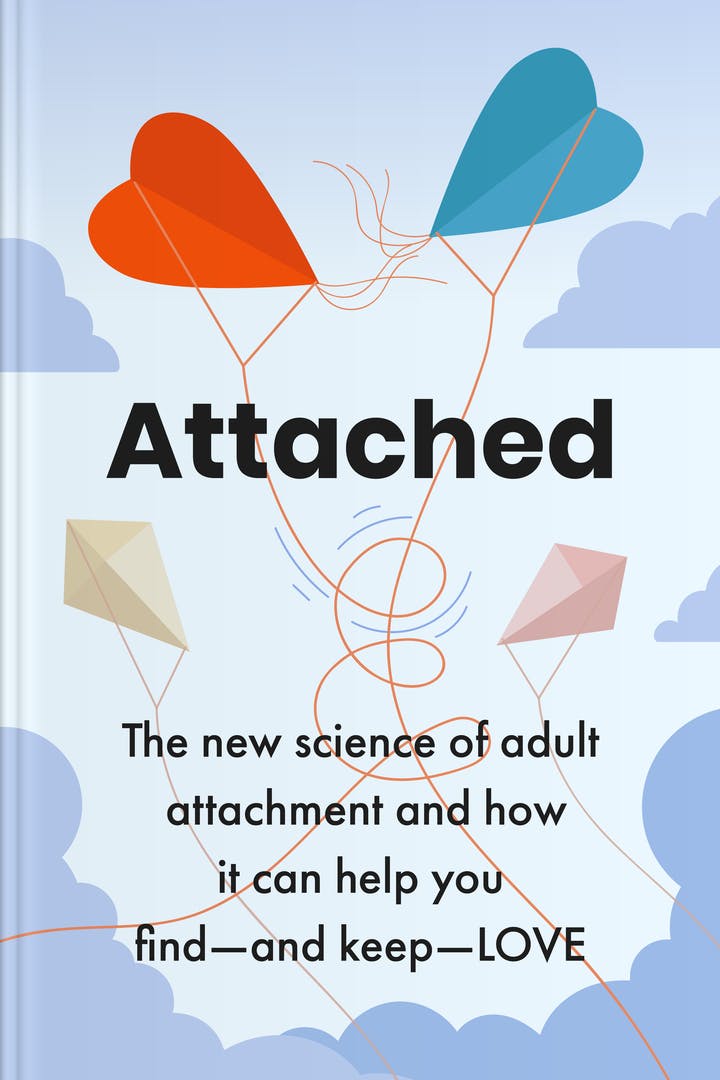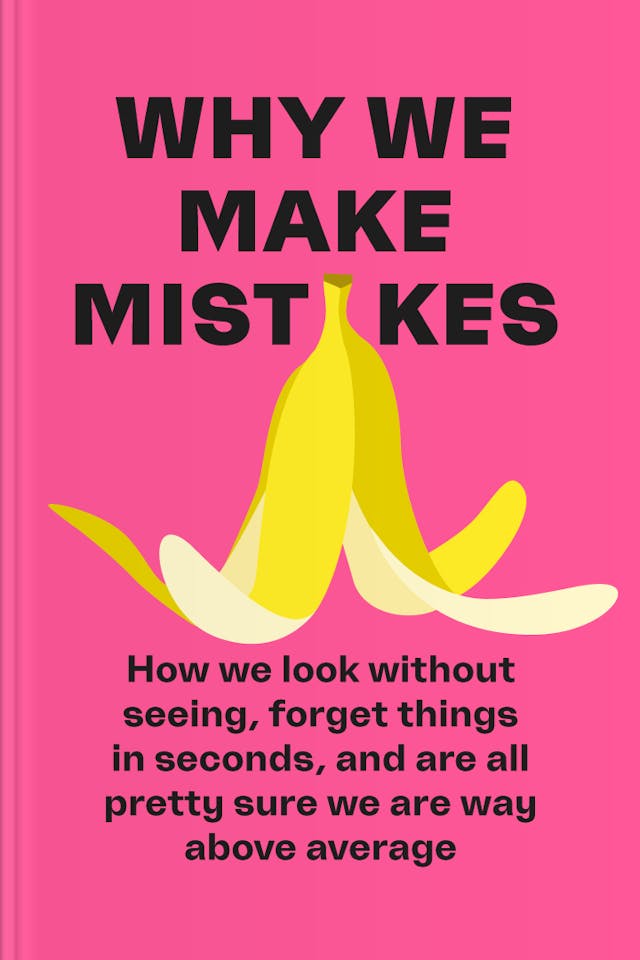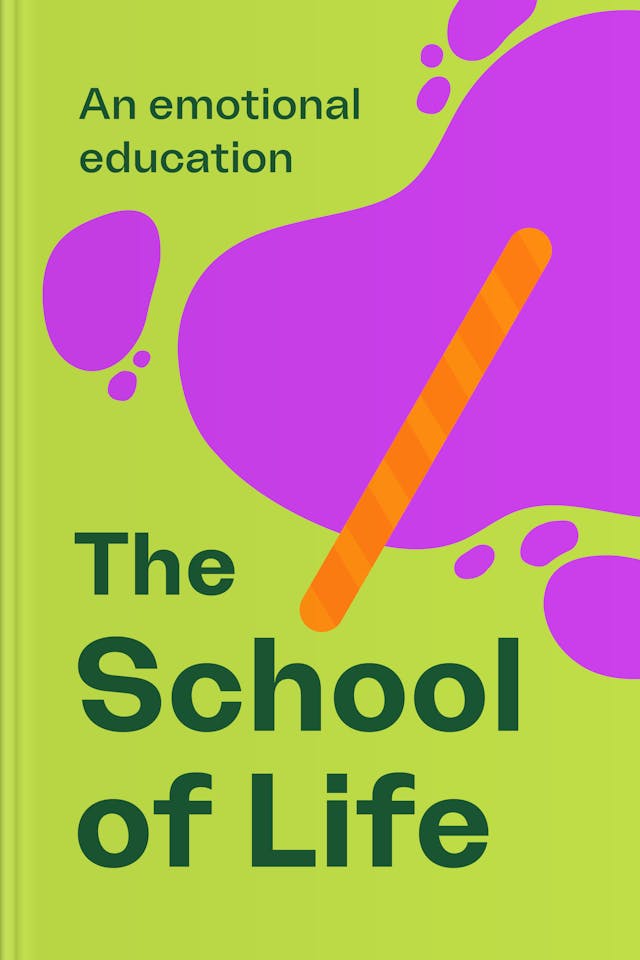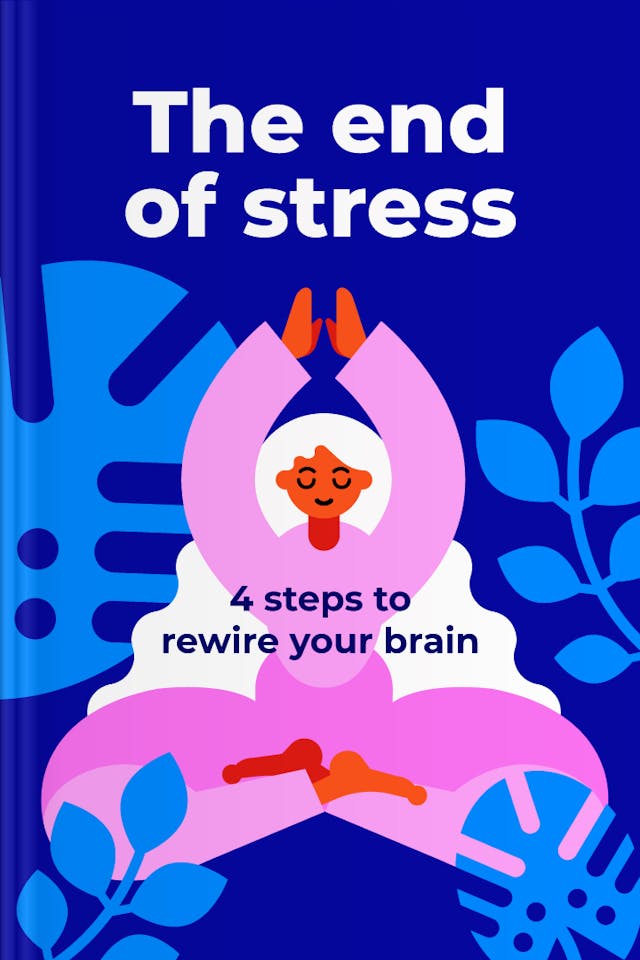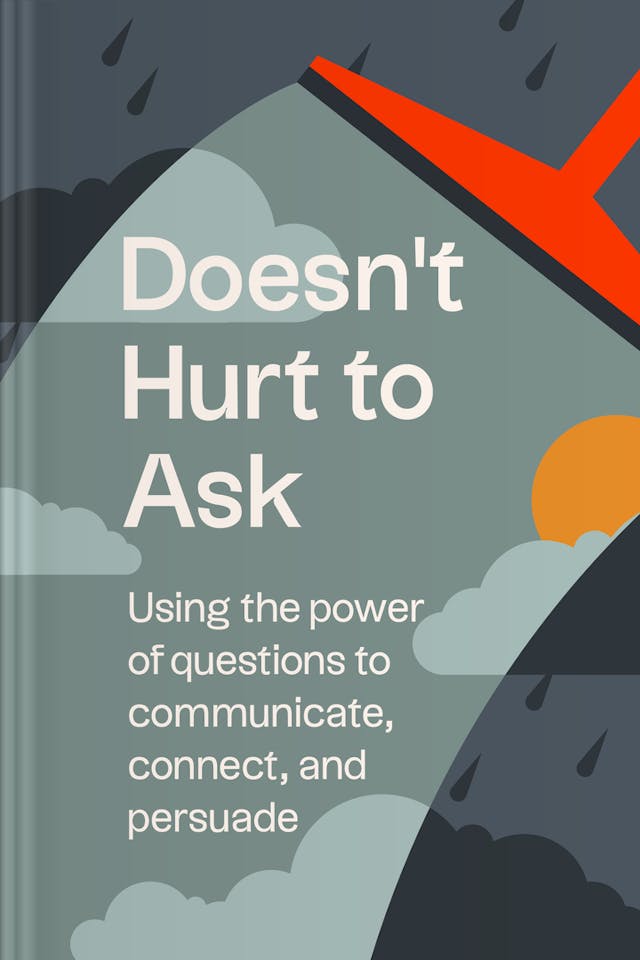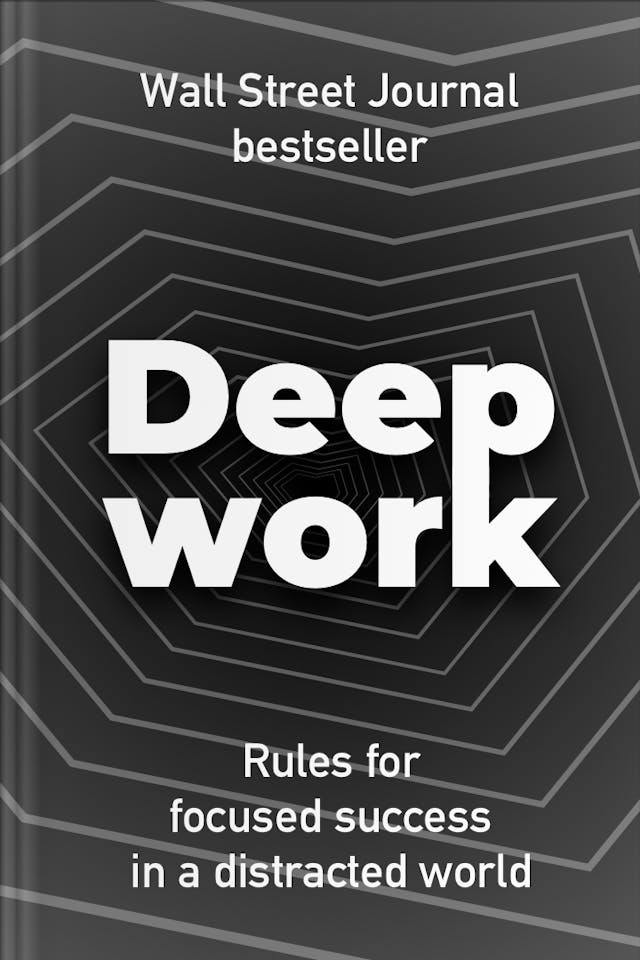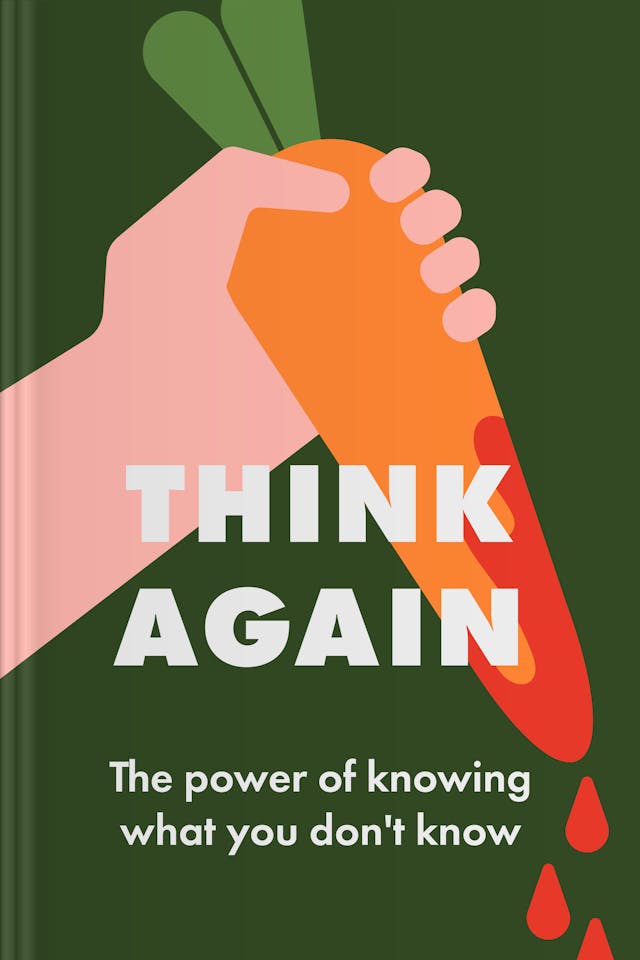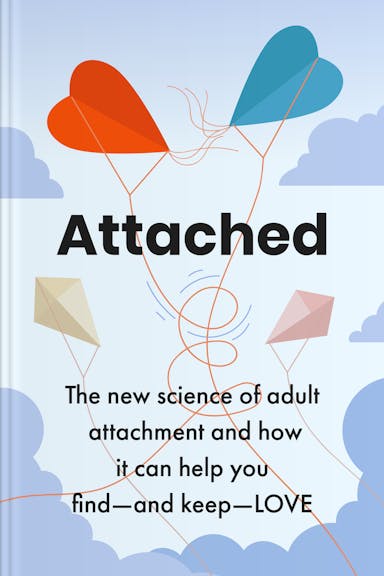
Short summary
Key points
All relationships are unique — one explanation won't describe them all
You may suffer from constant tension and emotional problems if your partner cannot meet your basic needs, which can have severe consequences on your emotional well-being, self-esteem, and even physical health. That's why it's essential to understand your attachment style and the attachment style of people close to you, especially your spouse.
Research has shown there are three main attachment styles or manners in which people see, understand, and respond to intimacy in romantic relationships. These findings are parallel to those found in children:
• Secure attachment style
• Anxious attachment style
• Avoidant attachment style
If you are someone with an anxious attachment style, you'll spend a lot of time worrying and thinking about whether your partner loves or cares for you. You will also be bothered about if they're spending enough time with you and what is going on in their mind when they don't call you back within a few minutes of missing your call.
The avoidant attachment style indicates that you value your independence and time alone more than your relationship. A secure attachment style fits between both styles. It is an ideal balance between caring enough and not worrying too much.
People with each of these attachment styles show lots of differences in:
• The way they see intimacy and togetherness.
• The way they deal with conflict.
• Their behavior towards sex.
• Their ability and means to communicate their wishes and needs.
• Their expectations and desires from their partner and the relationship.
In this summary, you will learn more about how you develop attachments to other people and how to enhance your relationships and become closer. After all, isn’t that what we all want?
Attachment styles are dictated by your upbringing

